Cardiovascular disease is the dominant cause of mortality in myositis patients, accounting for up to 55% of deaths.
A rheumatologist and a cardiologist discussed cardiac involvement in myositis during ACR Convergence 2020. Myositis: Getting to the Heart can be viewed by registered meeting attendees through Wednesday, March 11, 2021.
Louise Pyndt Diederichsen, MD, PhD, a rheumatologist and researcher from the Center for Rheumatology and Spine Diseases at Copenhagen University Hospital, opened the presentation with a discussion of myocarditis, coronary artery disease (CAD), autoantibodies, and the heart in myositis.
Myositis, characterized by inflammation of skeletal muscles leading to muscle weakness, includes the main subgroups polymyositis (PM), dermatomyositis (DM), inclusion body myositis (IBM), and juvenile DM (JDM). Other organs, including the heart, may also be affected by myositis.
“Two main processes are believed to be involved in heart affection in myositis,” Dr. Diederichsen said. “They are accelerated coronary atherosclerosis, which is common, and myocarditis, or inflammation of the myocardium. Subclinical myocarditis might be common, but I think it’s fair to say that severe myocarditis is quite rare.”
There’s a large body of evidence from population-based studies indicating increased risk of atherosclerosis in patients with myositis. Dr. Diederichsen and her colleagues conducted the only study using cardiac CT scan to investigate atherosclerosis in myositis patients. In the cross-sectional study, the researchers used cardiac CT scans to measure coronary artery calcification (CAC) in 76 patients with PM or DM and in 48 healthy controls.
“We found that high CAC score was much more frequent in patients with myositis—20% of them compared to 4% in the healthy controls,” she said.
Atherosclerosis can be visualized by different means—noninvasively by cardiac CT scan and invasively by coronary angiography.
There is less data on the prevalence of myocarditis in myositis patients. But in some biopsy studies, up to 30% of myositis patients had myocarditis, Dr. Diederichsen noted.
Myocarditis can be diagnosed by endomyocardial biopsy, which is the gold standard. It can also be visualized by imaging methods like cardiac MRI, which is commonly used in clinical practice. However, conventional cardiac MRI can miss subclinical cardiac disease. Newer cardiac MRI techniques like T1 mapping, T2 mapping, and extracellular volume have been used to identify subclinical disease.
Whenever clinical overt cardiac involvement is detected, myositis patients should be referred to a cardiologist, Dr. Diederichsen said.
Sammy Zakaria, MD, MPH, associate professor of medicine at Johns Hopkins University School of Medicine, described the cardiologist’s general approach for evaluating heart involvement in patients with inflammatory myopathies such as myositis.
The first step is taking a patient history designed to answer two questions: Does the patient have associated myocarditis or myopericarditis? And does the patient have clinical evidence of heart failure or arrhythmias? A detailed history will also look for unexplained dyspnea, palpitations or syncope, and chest pain.
After completing a patient history and physical examination, cardiologists have a battery of laboratory studies, tests, and imaging modalities to choose from. The two most useful lab tests measure troponin levels and brain natriuretic peptide (BNP), Dr. Zakaria said.
“In addition to bloodwork, every cardiologist is going to order an ECG [electrocardiogram]. This is an extremely sensitive test because 85% of patients with myositis who have associated myocarditis have some type of abnormality on an ECG,” he said.
The next step is performing imaging studies to determine the extent and severity of myocardial involvement. The two most useful tests are echocardiography and cardiac MRI, Dr. Zakaria said.
But the gold standard for determining if a patient has myocardial involvement is endomyocardial biopsy. It’s an invasive procedure, however, with a .8% risk of major adverse events, and not appropriate for all patients, he said.
“Management of patients with myositis and suspected myocardial involvement depends on close communication and collaboration with the referring rheumatologist,” said Dr. Zakaria, stressing the importance of multidisciplinary management at baseline and patient follow-up including a cardiologist. “The cardiologist will focus on therapies that are proven to increase cardiac function, such as beta blockers, ARBs (angiotensin II receptor blockers), and other medications.”
